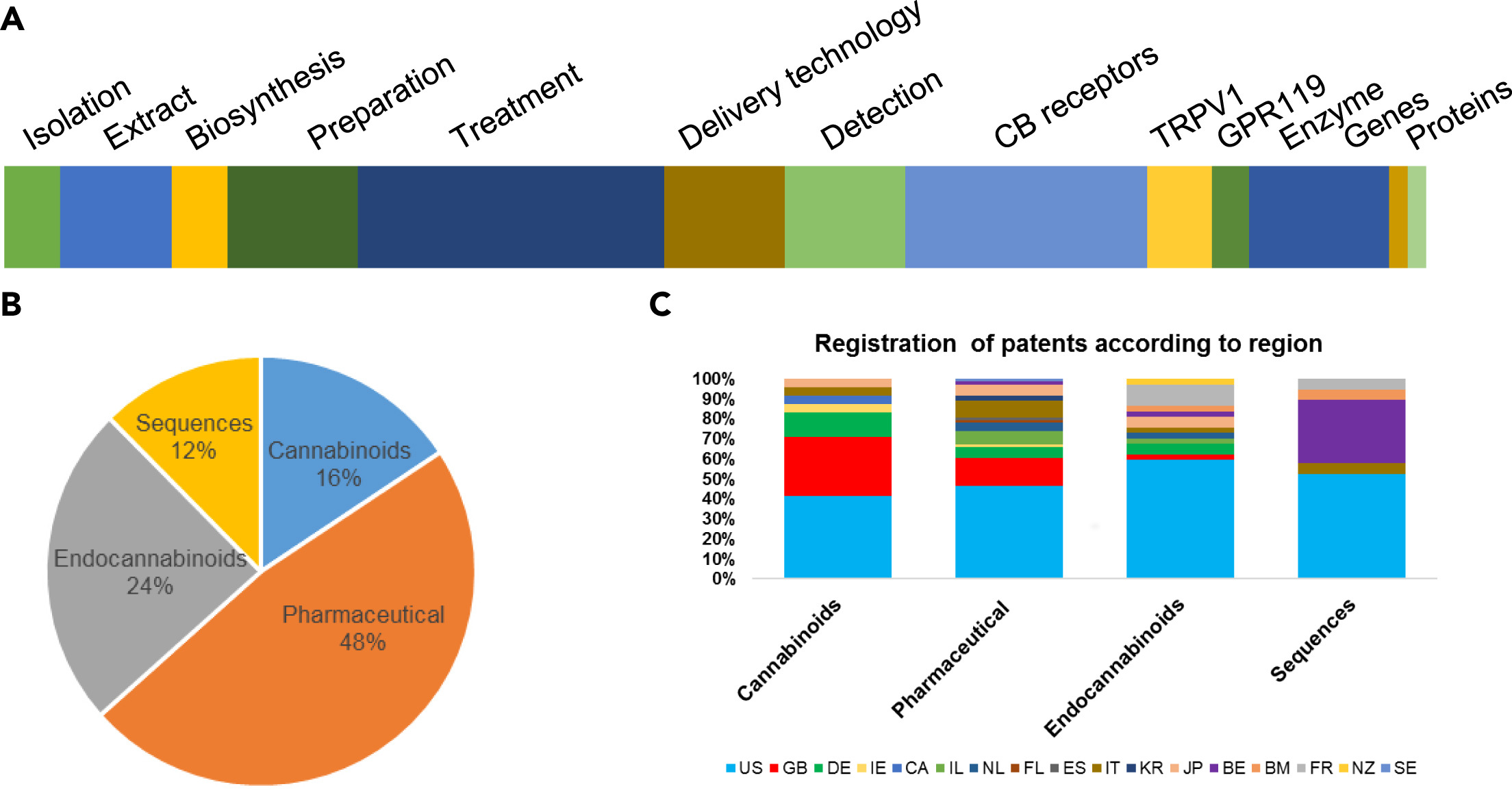Difference between revisions of "Template:Article of the month"
Shawndouglas (talk | contribs) m (Fix) |
Shawndouglas (talk | contribs) |
||
| (13 intermediate revisions by the same user not shown) | |||
| Line 1: | Line 1: | ||
<div style="float: left; margin: 0.5em 0.9em 0.4em 0em;">[[File: | <div style="float: left; margin: 0.5em 0.9em 0.4em 0em;">[[File:Fig2 Hussain iScience2021 24-12.jpg|240px]]</div> | ||
'''"[[Journal: | '''"[[Journal:Cannabis sativa research trends, challenges, and new-age perspectives|Cannabis sativa research trends, challenges, and new-age perspectives]]"''' | ||
[[Cannabis sativa|''Cannabis sativa'' L.]] is one of the oldest known medicinal plants, cultivated for at least 10,000 years for several agricultural and industrial applications. However, the plant became controversial owing to some psychoactive components that have adverse effects on human health. In this review, we analyze the trends in [[cannabis]] research for the past two centuries. We discuss the historical transitions of cannabis from the category of "herbal medicine" to an [[Cannabis (drug)|illicit drug]] and back to a medicinal product [[Legality of cannabis|post-legalization]]. In addition, we address the new-age application of immuno-suppressive and anti-inflammatory cannabis extracts for the treatment of [[limswiki:COVID-19|COVID-19]] inflammation. We further address the influence of the legal aspects of [[cannabis cultivation]] for medicinal, pharmaceutical, and biotechnological research ... ('''[[Journal:Cannabis sativa research trends, challenges, and new-age perspectives|Full article...]]''')<br /> | |||
<br /> | <br /> | ||
''Recently featured'': | ''Recently featured'': | ||
: ▪ [[Journal: | : ▪ [[Journal:Does cannabis extract obtained from cannabis flowers with maximum allowed residual level of aflatoxins and ochratoxin A have an impact on human safety and health?|Does cannabis extract obtained from cannabis flowers with maximum allowed residual level of aflatoxins and ochratoxin A have an impact on human safety and health?]] | ||
: ▪ [[Journal: | : ▪ [[Journal:Delta-8-THC: Delta-9-THC’s nicer younger sibling?|Delta-8-THC: Delta-9-THC’s nicer younger sibling?]] | ||
: ▪ [[Journal: | : ▪ [[Journal:Fertilization following pollination predominantly decreases phytocannabinoids accumulation and alters the accumulation of terpenoids in Cannabis inflorescences|Fertilization following pollination predominantly decreases phytocannabinoids accumulation and alters the accumulation of terpenoids in Cannabis inflorescences]] | ||
Revision as of 22:38, 9 May 2022
"Cannabis sativa research trends, challenges, and new-age perspectives"
Cannabis sativa L. is one of the oldest known medicinal plants, cultivated for at least 10,000 years for several agricultural and industrial applications. However, the plant became controversial owing to some psychoactive components that have adverse effects on human health. In this review, we analyze the trends in cannabis research for the past two centuries. We discuss the historical transitions of cannabis from the category of "herbal medicine" to an illicit drug and back to a medicinal product post-legalization. In addition, we address the new-age application of immuno-suppressive and anti-inflammatory cannabis extracts for the treatment of COVID-19 inflammation. We further address the influence of the legal aspects of cannabis cultivation for medicinal, pharmaceutical, and biotechnological research ... (Full article...)
Recently featured:
- ▪ Does cannabis extract obtained from cannabis flowers with maximum allowed residual level of aflatoxins and ochratoxin A have an impact on human safety and health?
- ▪ Delta-8-THC: Delta-9-THC’s nicer younger sibling?
- ▪ Fertilization following pollination predominantly decreases phytocannabinoids accumulation and alters the accumulation of terpenoids in Cannabis inflorescences
